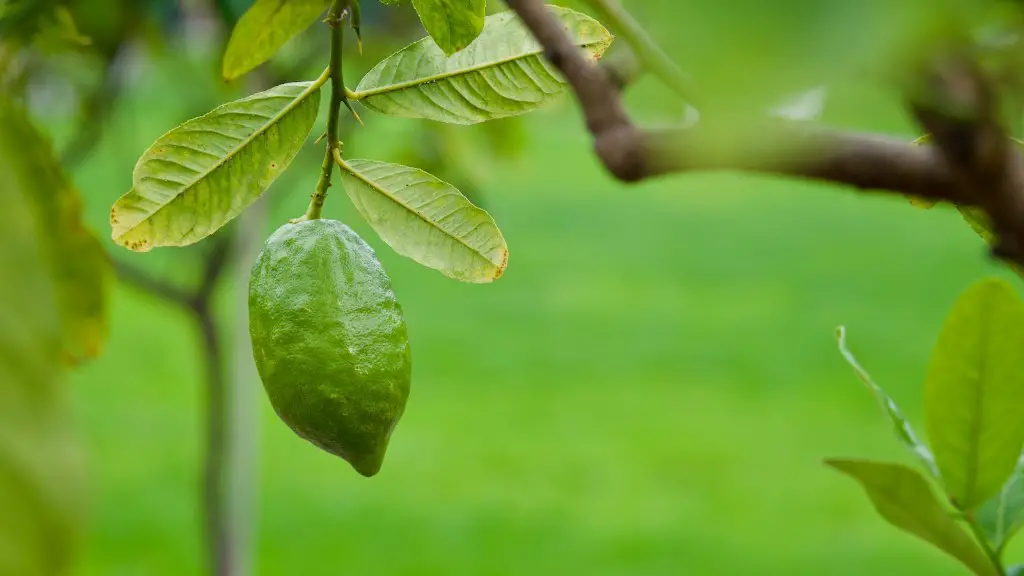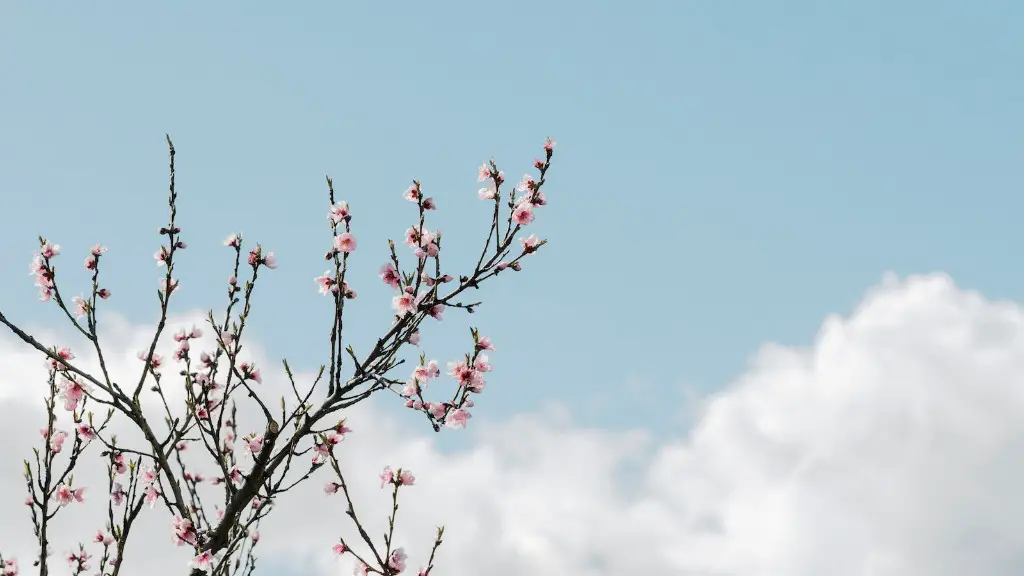Indoor lemon trees are a great way to add a touch of zest to any home. With the right kind of attention and care, lemon trees can thrive in a small indoor space and provide delicious, organic lemons for years to come. Here are some tips on how to grow an indoor lemon tree.
Firstly, make sure you buy the right type of lemon tree. Meyer lemons are a good choice. Their compact size and juicy, sweet flavor make them a great houseplant. Also, select a high-quality soil mix that includes perlite and compost. This will help promote healthy plant growth.
Next, place your lemon tree near a sunny window that faces south or west. This will provide your citrus fruits with the light they need. You can also use grow lights if there isn’t enough natural light available. The ideal temperature for growing a lemon tree is between 65-75°F during the day and around 10°F cooler at night.
It’s also important to water your indoor lemon tree regularly. The soil should stay slightly moist, but not overly saturated. An easy way to check for moisture is to put your finger about one inch below the surface and feel for dampness. Using a spray bottle to mist the foliage can also help your tree stay healthy.
Fertilizing your lemon tree is also key to getting the most out of it. Organic fertilizer is best, and you should use it every two months during the growing season. Also, trim the branches every now and then to promote a healthy shape and fullness. This will also help prevent any fruit from growing too heavy and breaking off.
Finally, keep an eye out for pests or diseases. Scale insects, aphids, and whiteflies can all affect your tree. Treat any issues early on with organic pesticides to avoid further damages. If you do notice any diseases, prune the affected branches and be sure to disinfect your tools afterward.
Addressing Overwatering Issues
When caring for an indoor lemon tree, overwatering can be an easy mistake to make. While it’s important for the soil to stay moist, too much water can cause root rot and water-logged soil. Furthermore, it can cause the growth of bacterial and fungal pathogens like Fusarium, Pythium, and Phytophthora. To avoid this, check the top one to two inches of soil before watering. If it is still moist, hold off for a few days.
You can also adjust the size of your pot to make sure the plant isn’t over watered. A smaller pot will dry out faster than a larger one. If possible, place your pot on a tray and spread out gravel or stones in it. This will help keep the soil dry by preventing excess moisture from pooling around the bottom of the pot.
Lastly, the type of pot you use is important. Clay and ceramic pots retain moisture well and need to be watered more often. Plastic or terracotta pots, on the other hand, drain better, so they need to be watered less often.
Monitoring Temperature and Humidity Levels
Because citrus trees are native to Mediterranean climates, it’s important to make sure your indoor environment is suitable for one. Temperatures above 80°F (26°C) can damage the fragile flowers and fruit, so make sure you keep your tree in an area with temperatures no higher than 75°F.
You’ll also need to keep an eye on the humidity. Lemon trees thrive in humid climates, so a humidity level of 30%-50% is ideal. You can increase the humidity around your tree with a humidifier or by strategically placing bowls of water around the plant. Keep an eye out for the leaves turning yellow, which means the plant could be getting too much moisture.
To further protect your tree from extreme temperatures, you may want to consider insulating the window or door it’s near. Simple add-on window treatments can keep direct sunlight from damaging its fragile leaves. You could also move the tree away from the direct draft of an air conditioner if you have one.
Providing the Right Amount of Light
Lemon trees need at least six hours of direct sunlight per day to grow and thrive. They can be in a south or west-facing window, but make sure it’s shielded from the strongest rays of the day. Too much exposure to direct sunlight can cause the leaves to become scorched or discolored
If you can’t provide enough natural light, you can supplement it with artificial lighting. Grow lights are a great option, as they have a combination of fluorescent, halogen, or LED bulbs. These will get the job done, but make sure you place the lights around 18 inches away from the lemon tree to prevent burning.
Dealing With Pests and Diseases
Pests and diseases are always a threat for indoor lemon trees. Common pests to look out for are scale insects, aphids, and whitefly. These pests lay their eggs on the leaves and suck the sap out of developing fruits, making them unfit for consumption. To prevent an infestation, you can use neem oil and other organic pesticides.
To slow down the spread of any diseases, maintain good air circulation around the tree. If a branch is infected, prune it and make sure to disinfect your tools and the area that was affected before putting the tree back in its spot.
Promoting Healthy Plants
When it comes to growing citrus fruits indoors, there are a few general rules to follow. Place your lemon tree in an area with plenty of indirect sunlight, ensure that the temperature and humidity levels remain optimal, and don’t forget to check the soil before watering. It’s also important to use quality fertilizer regularly and prune the branches to give the tree a healthy, full shape.
Finally, watch for any signs of pests and diseases and take care of them immediately. With a bit of extra care and attention, you’ll have delicious, organic lemons to enjoy for many years.


